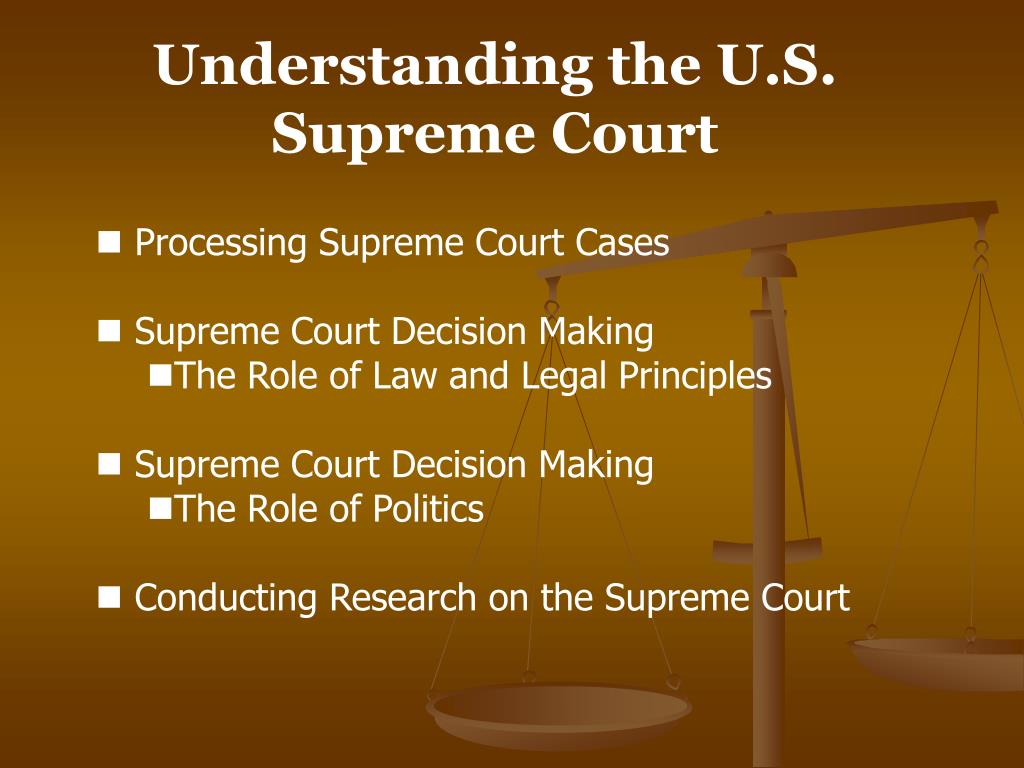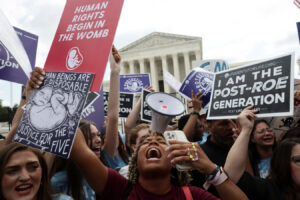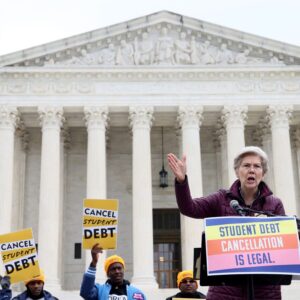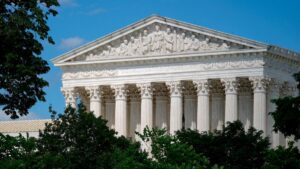What are the 3 responsibilities of the Supreme Court
The Supreme Court of the United States plays a vital role in the federal government. As outlined in Article III of the Constitution, the Court has the responsibility to interpret the Constitution, act as the highest court of appeal, and enforce Supreme Court decisions. These core duties shape the Court’s ability to have final judicial say and uphold the rule of law.
Interpreting the Constitution
One of the main jobs of the Supreme Court is to interpret the meaning of the U.S. Constitution. This founding document outlines the nation’s fundamental laws and principles. When questions arise on the scope, limits, or definitions of constitutional matters, the Supreme Court steps in to render definitive rulings. Their interpretations set precedents on how the Constitution’s articles and amendments apply to cases.
Reviewing laws
An essential part of interpreting the Constitution includes reviewing new federal and state laws. The Court analyzes legislation to determine compliance with constitutional mandates. If the justices deem a law unconstitutional, they can strike it down, forcing lawmakers to revise it accordingly.
Determining constitutionality of laws
The Supreme Court specifically checks that new statutes do not contradict freedoms guaranteed in the Bill of Rights. They assess if the laws improperly encroach on civil liberties or violate due process in the name of public interest. The Court nullifies legislative acts that fail these standards. Their judicial oversight puts key limits on federal and state law-making powers.
Ruling on cases
The Supreme Court issues final rulings on court cases to decide how constitutional rights apply. For example, they determine what falls under “freedom of speech” or the scope of protections against “unreasonable searches and seizures.” Their written opinions become case law that serves as legal precedent across all lower courts.
Acting as the highest court of appeal
A second main power of the Supreme Court is to have the final say as the top court of appeal in the federal system. All lower district and circuit court rulings can undergo review by the Supreme Court. They have discretionary authority to take certain compelling cases.
Hearing appeals from lower courts
Thousands of petitions are filed requesting the Supreme Court hear appeals of unfavorable lower court judgments each term. The justices selectively accept for review the most critical cases involving substantial civil rights, controversial federal laws, and substantial conflicts between circuits.
Setting precedents
In reviewing appeals, the Supreme Court makes definitive pronouncements on pressing legal matters and controversies. Their written decisions establish binding precedent across all lower federal and state courts going forward on how applicable laws must be interpreted and implemented.
Enforcing Supreme Court decisions
A third vital area of responsibility vested in the Supreme Court is enforcing its final judgments. The Constitution equips the judicial branch with tools to compel compliance with decrees. Backing by executive and legislative branches helps give teeth to orders.
Issuing court orders
To enforce decisions, justices issue formal court orders, writs, injunctions, stays, and decrees directing specific actions be taken or halted. These legally binding orders backed by the Supreme Court carry substantial weight and coerce quick obedience. Non-compliance risks being held in contempt.
Overseeing lower courts
The Supreme Court also closely oversees lower courts to ensure diligent enforcement of higher court mandates. They discipline non-abiding judges and inferior courts refusing to properly carry out decrees through fines, removal, and verbal rebuke. The Supreme Court’s oversight keeps lower courts constitutionally accountable.
Maintaining checks and balances
Undergirding these responsibilities is the Supreme Court’s unique role in the system of checks and balances between three federal branches. Justices inhibit oversteps in power by presidential and congressional authorities.
Checking power of executive branch
The Supreme Court checks the expansive power of the executive branch and presidency. They determine if Oval Office overreaches infringe on constitutional rights via executive orders, security policies, or enforcement initiatives exceeding bounds.
Checking power of legislative branch
Likewise, Supreme Court justices check Congressional oversteps through judicial review. They assess legislation that contradicts constitutional individual freedoms and civil liberties for unconstitutionality.
Ruling on constitutionality of laws
The Supreme Court specifically determines if laws properly respect constitutional rights or violate due process, equal protection, and free speech. They nullify federal and state laws deemed unconstitutional. This necessary check on lawmakers enables protection of core freedoms.
In conclusion, interpreting the Constitution, acting as chief appeals court, enforcing orders, and enabling checks and balances constitute the 3 key duties of the Supreme Court. Executing these responsibilities allows the judicial branch to have final say on legal matters and uphold rule of law virtues benefiting democracy and ordered liberty.
FAQs
What are the 3 main roles of the Supreme Court?
The 3 key roles of the Supreme Court are:
- Interpreting meaning of the Constitution
- Serving as highest court of appeal
- Enforcing Supreme Court decisions
What gives the Supreme Court power?
The Supreme Court derives power from Article III of the US Constitution which established the judiciary as a co-equal branch that provides judicial review, acts as a court of final appeal, and can enforce court orders.
Why is the Supreme Court the most powerful court?
The Supreme Court is considered the most powerful court because it has the final judicial word when interpreting constitutional questions, hearing case appeals from lower courts, and enforcing its legally binding decisions upon executive and legislative branches.
How does the Supreme Court check other branches?
The Supreme Court checks the power of presidency & Congress by reviewing laws for constitutionality through judicial review and determining if presidential executive orders infringe on civil liberties protected in Bill of Rights amendments.
What allows Supreme Court to strike down laws?
The power of judicial review allows the Supreme Court to deem laws passed by legislative branch unconstitutional. They can thus strike down federal/state laws violating civil liberties in Bill of Rights or other Constitutional protections.








